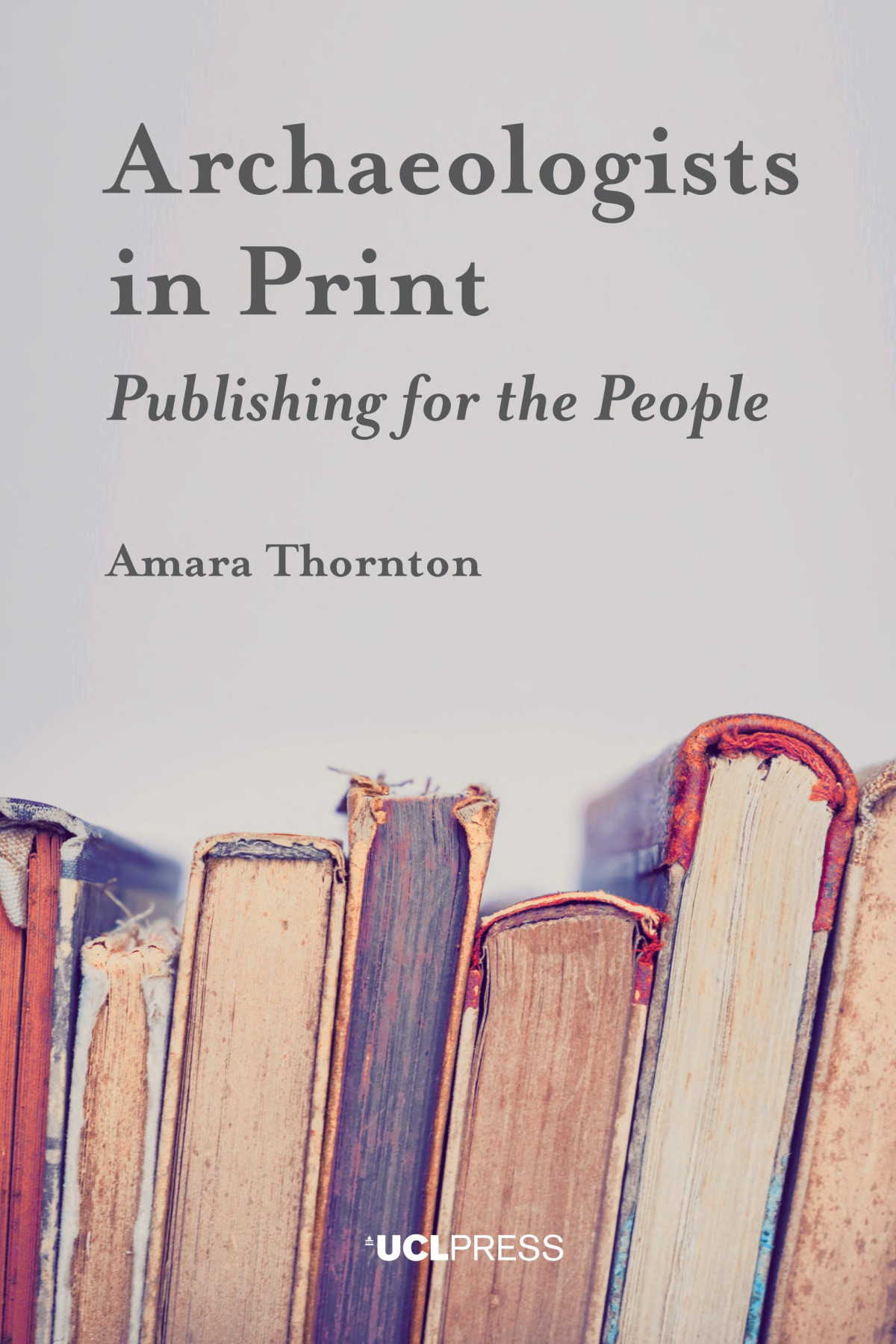

Most ebook files are in PDF format, so you can easily read them using various software such as Foxit Reader or directly on the Google Chrome browser.
Some ebook files are released by publishers in other formats such as .awz, .mobi, .epub, .fb2, etc. You may need to install specific software to read these formats on mobile/PC, such as Calibre.
Please read the tutorial at this link: https://ebookbell.com/faq
We offer FREE conversion to the popular formats you request; however, this may take some time. Therefore, right after payment, please email us, and we will try to provide the service as quickly as possible.
For some exceptional file formats or broken links (if any), please refrain from opening any disputes. Instead, email us first, and we will try to assist within a maximum of 6 hours.
EbookBell Team

4.4
72 reviewsArchaeologists in Print is a history of popular publishing in archaeology in the nineteenth and twentieth centuries, a pivotal period of expansion and development in both archaeology and publishing. It examines how British archaeologists produced books and popular periodical articles for a non-scholarly audience, and explores the rise in archaeologists’ public visibility. Notably, it analyses women’s experiences in archaeology alongside better known male contemporaries as shown in their books and archives. In the background of this narrative is the history of Britain’s imperial expansion and contraction, and the evolution of modern tourism in the Eastern Mediterranean and Middle East. Archaeologists exploited these factors to gain public and financial support and interest, and build and maintain a reading public for their work, supported by the seasonal nature of excavation and tourism. Reinforcing these publishing activities through personal appearances in the lecture hall, exhibition space and site tour, and in new media – film, radio and television – archaeologists shaped public understanding of archaeology. It was spadework, scripted.
The image of the archaeologist as adventurous explorer of foreign lands, part spy, part foreigner, eternally alluring, solidified during this period. That legacy continues, undimmed, today.
Praise for Archaeologists in Print
This beautifully written book will be valued by all kinds of readers: you don't need to be an archaeologist to enjoy the contents, which take you through different publishing histories of archaeological texts and the authors who wrote them. From the productive partnership of travel guide with archaeological interest, to the women who feature so often in the history of archaeological publishing, via closer analysis of the impact of John Murray, Macmillan and Co, and Penguin, this volume excavates layers of fascinating facts that reveal much of the wider culture of the late nineteenth and twentieth centuries. The prose is clear and the stories compulsive: Thornton brings to life a cast of people whose passion for their profession lives again in these pages.
Warning: the final chapter, on Archaeological Fictions, will fill your to-be-read list with stacks of new titles to investigate! This is a highly readable, accessible exploration into the dynamic relationships between academic authors, publishers, and readers. It is, in addition, an exemplar of how academic research can attract a wide general readership, as well as a more specialised one: a stellar combination of rigorous scholarship with lucid, pacy prose. Highly recommended!'
Samantha Rayner, Director of UCL Centre for Publishing; Deputy Head of Department and Director of Studies, Department of Information Studies, UCL